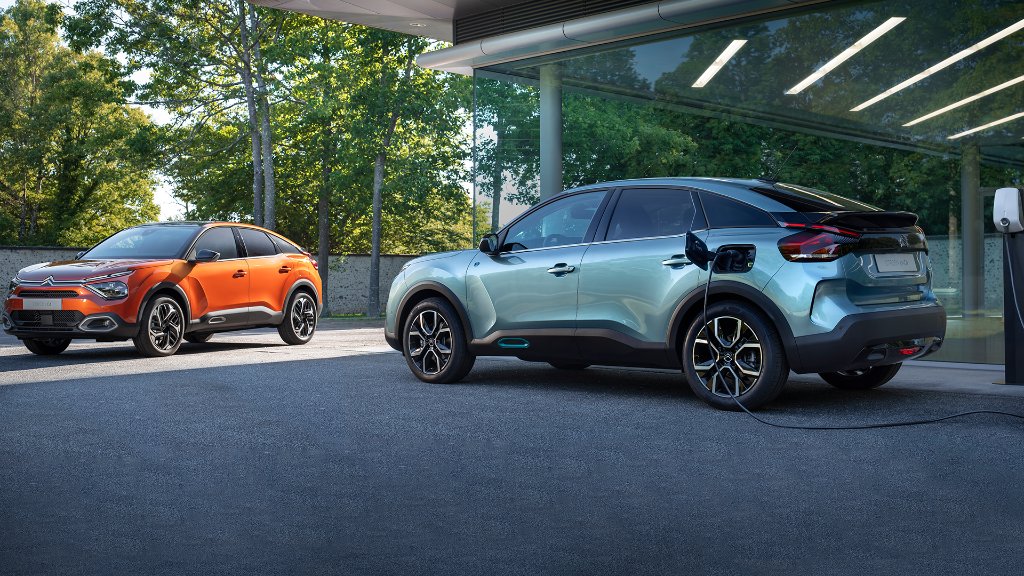Read The Full Article On: Kqed
San Francisco-based ride-hailing company Lyft has announced a goal of transitioning to zero-emission vehicles on its platform by 2030.
The plan includes its entire fleet of vehicles, which consists mostly of personal cars used by people who drive fewer than 10 hours per week in their spare time, the company says. Lyft also rents vehicles to drivers.
Lyft said it was setting the goal to reduce the planet warming-gases produced by the transportation sector; these make up almost a third of U.S. greenhouse gas emissions, according to the Environmental Protection Agency.
The announcement comes while California is in the early stages of considering whether to impose climate regulations on ride-hailing companies like Lyft and its larger rival, Uber. And as electric vehicles are growing in popularity in the U.S.
The California Air Resources Board recently shared early versions of a potential regulation to require ride-hailing companies to ensure 70%-80% of miles be driven in electric or other zero-emission vehicles by 2030.Sponsored
“CARB is pleased to see this commitment from Lyft and we applaud their leadership in moving in this direction,” said Dave Clegern, a spokeperson for the agency, in an email.
EVs could represent a “large share of the market” in 2030, according to Severin Borenstein, professor of energy economics at UC Berkeley.
Electric vehicles could be so dominant that market pressure might compel a transition from gas-powered vehicles no matter what the environmental aims of a company are, he said, adding, “it’s possible that they would have done this anyway absent some sort of policy commitment.”
While Transportation Network Company vehicles, as they are called by California, are typically newer and more efficient than the average private vehicle, one study from the Union of Concerned Scientists found that the trips emit 69% more carbon dioxide on average than those taken in the types of transportation they displace.
The study’s researchers analyzed previously released data and prior academic studies from the companies. The study found about 42% of the miles driven by ride-hailing vehicles occurred between pickups, with only the driver in the car.
CARB staff came to a similar conclusion. They examined emissions from Uber and Lyft rides for 2018 and found them to be “approximately 50 percent higher than the statewide passenger vehicle fleet average.”
Lyft acknowledged this in a white paper outlining the company’s plan to reach the zero-emission vehicle target.
Don Anair, research director of the Union of Concerned Scientists’ Clean Transportation Program and an author of the group’s ride-hailing report, said Lyft’s announcement is a “step in the right direction if they implement and achieve their commitments.”
“With any corporate announcement, it’s where the rubber meets the road in terms of living up to that commitment,” he said. “We would be looking towards concrete actions in the near term by Lyft to begin implementing this. The big announcement — a hundred percent by 2030 — it’s a good, clear, long-term target, but it’s not something that in 2029, you can all of a sudden begin to make steps to achieve.”
Lyft co-founder and president, John Zimmer, said in a conference call with reporters that the company “could either be part of the problem with the type of scale that we have, or we could be part of the solution. And we 100 percent intend to be part of the solution.”
To implement the policy, the company is partnering with the Environmental Defense Fund. Elizabeth Sturcken, managing director of the environmental group’s business partnership program, said that Lyft’s “investors, employees, customers and the rising youth movement” all wanted immediate action on climate change.
“Especially as this current administration continues to denigrate and divide,” she said. “That means there’s a tremendous opportunity for the private sector to fill the void of leadership on climate, and Lyft’s announcement of 100 percent EVs by 2030 is a key step to filling that void.”
A transition to electric vehicles on the Lyft platform would cut 16 million metric tons of greenhouse gas emissions, according to the company.
“Encouraging millions of individuals to switch their personal vehicles from gas to electric in the next ten years will require unprecedented leadership from policymakers and regulators to align market rules and incentives for businesses and consumers alike,” said the company white paper.
The business climate in California for Lyft and Uber has gotten tougher over the past nine months.
UC Berkeley’s Borsenstein says the passage last September of AB 5, a law that categorizes drivers as employees rather than independent contractors, has injected uncertainty into the ride-hailing business model and makes it harder for companies to maintain a grip on how people move around. The coronavirus pandemic has also cratered demand for rides.
“There’s a question of how big a role ride-hailing services will be playing by 2030,” he said. “Lyft is making a commitment for a long time in the future. It is not binding; lots of things can change by then.”

